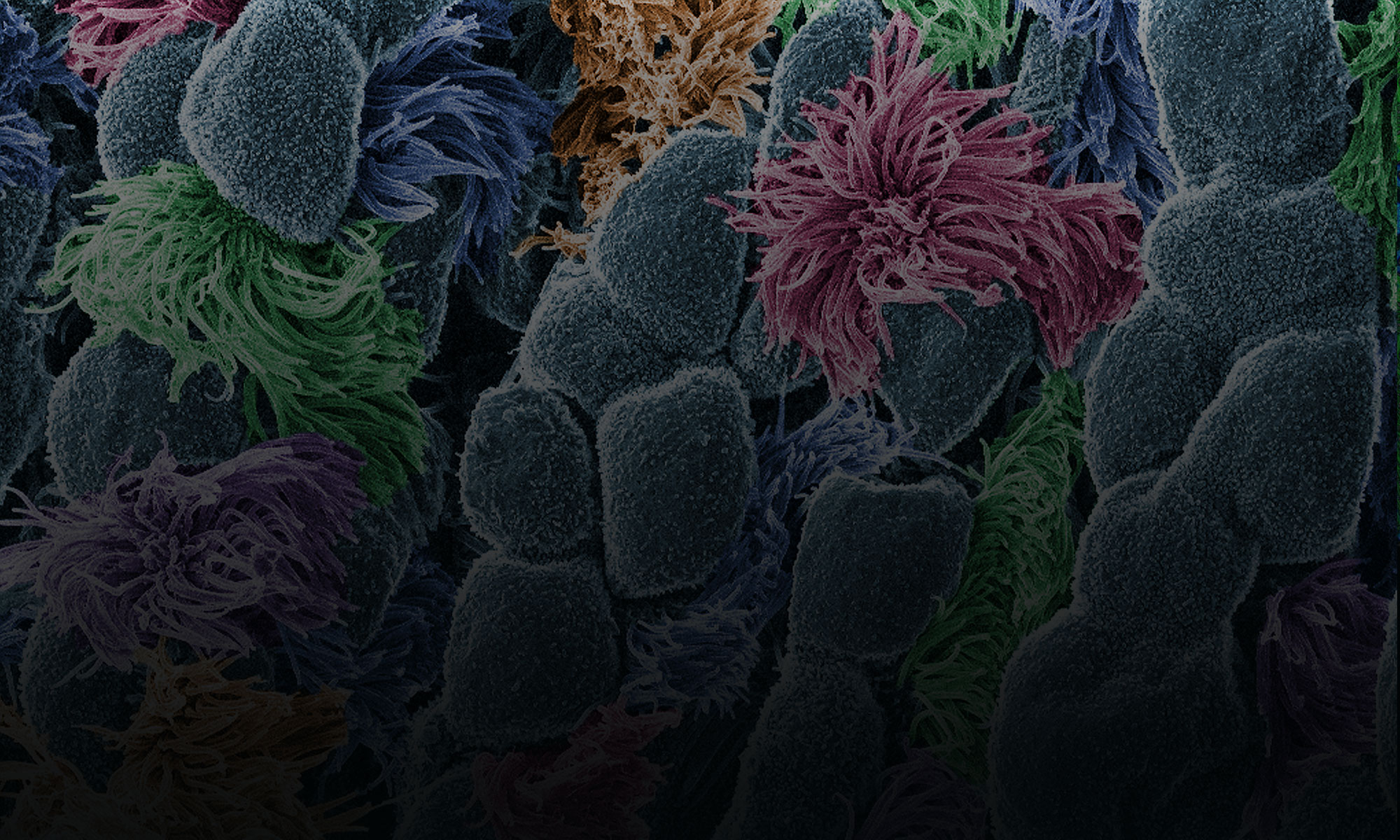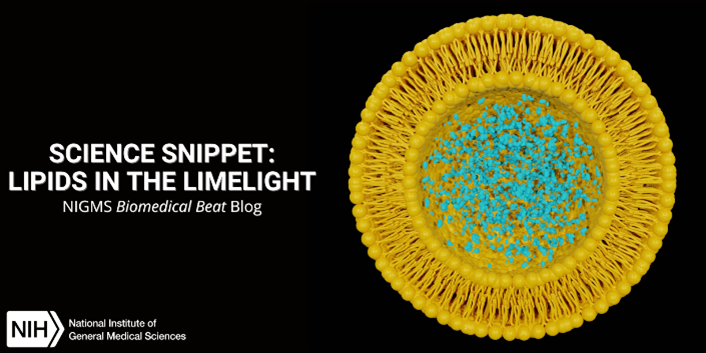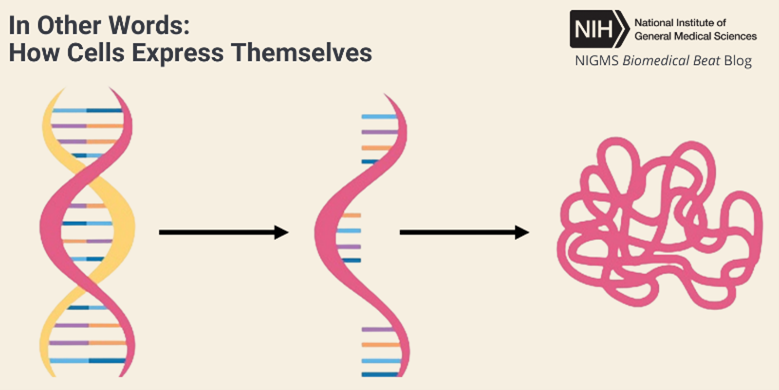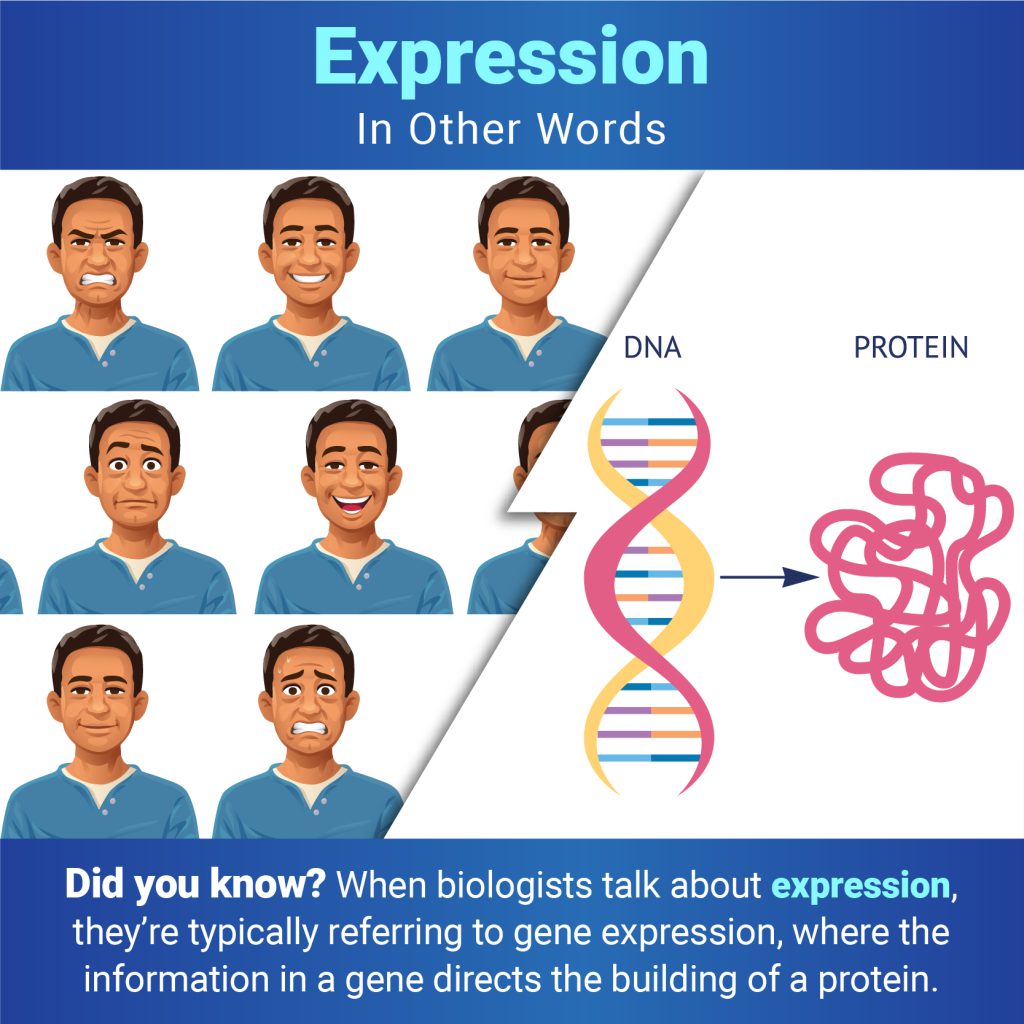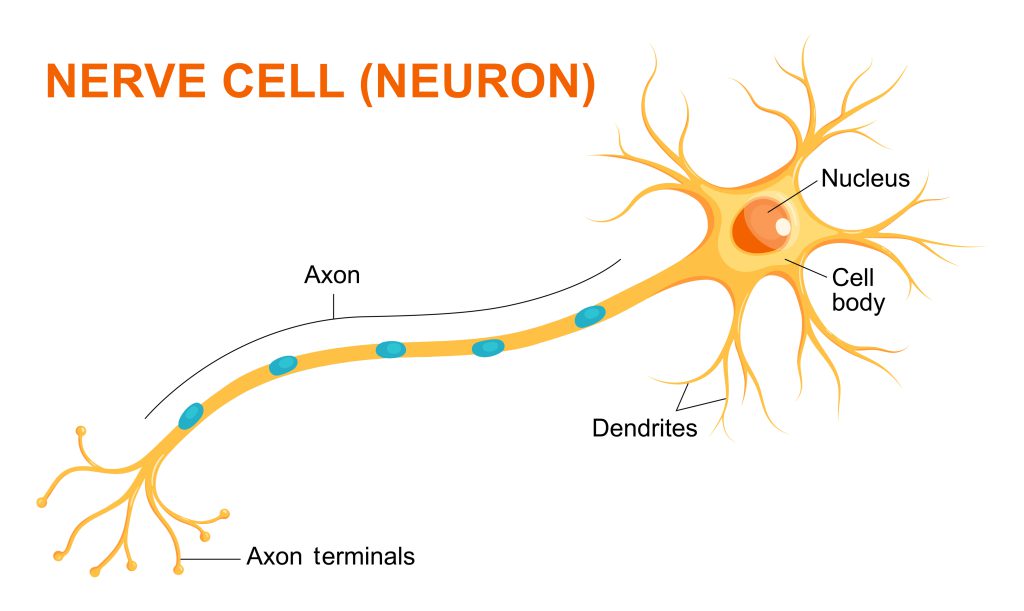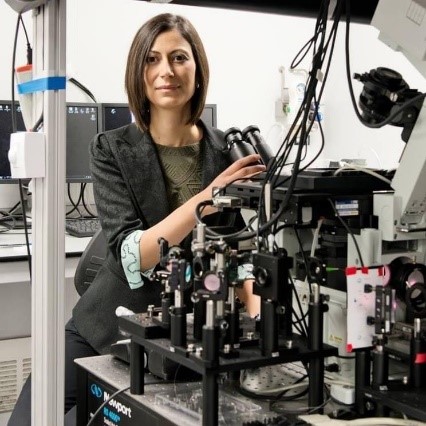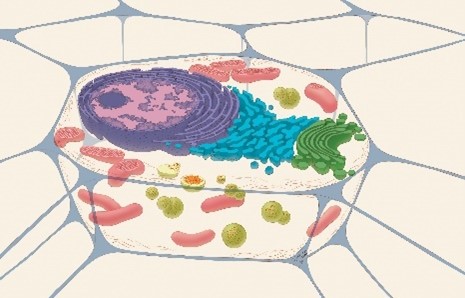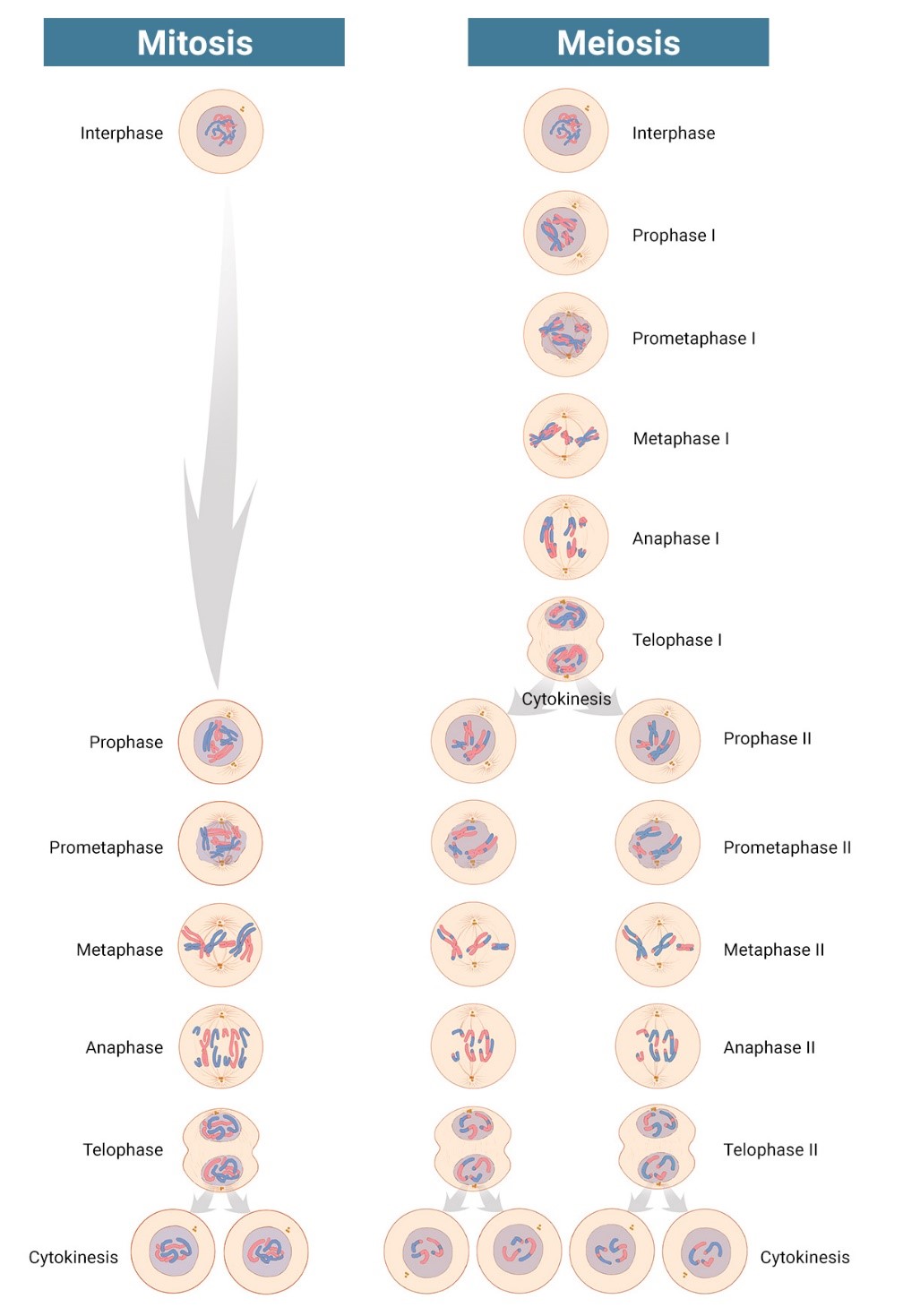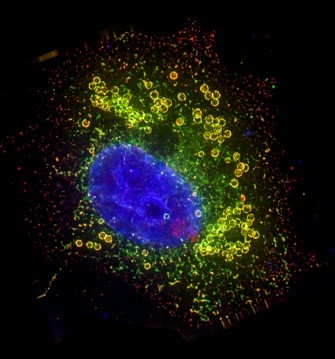
Have you ever wondered why your cells don’t spill into each other or what keeps your skin separate from your blood? The answer to both is lipids—a diverse group of organic compounds that don’t dissolve in water. They’re one of the four major building blocks of our bodies, along with proteins, carbohydrates, and nucleic acids. Types of lipids include:
- Fats, necessary for our bodies’ long-term energy storage and insulation. Some essential vitamins are fat soluble, meaning they must be associated with fat molecules to be effectively absorbed.
- Phospholipids, which make up a large part of cell and organelle membranes.
- Waxes, which help protect delicate surfaces. For instance, earwax protects the skin of the ear canal.
- Steroids, including cholesterol, a precursor to many hormones, which helps maintain the fluidity of cell membranes.
